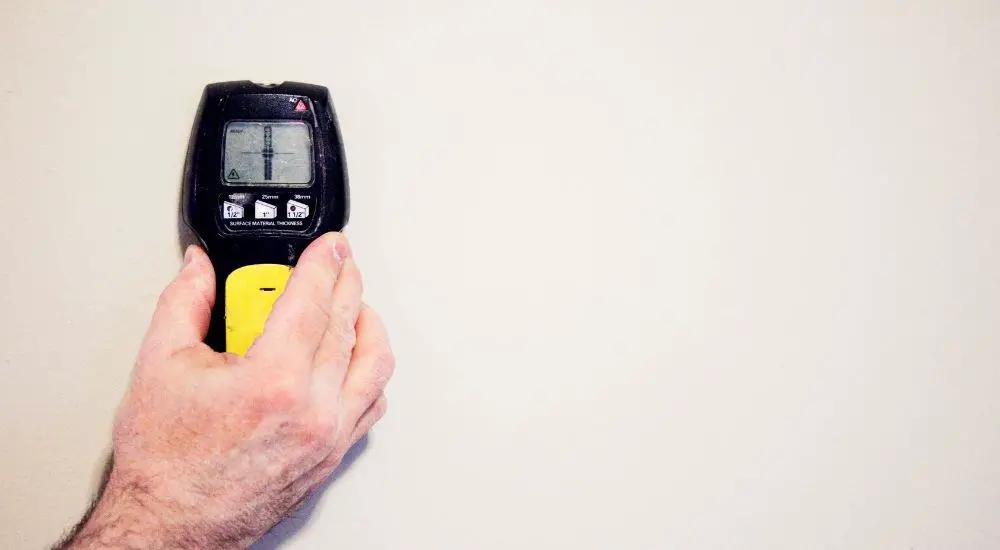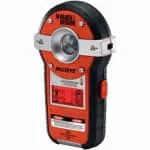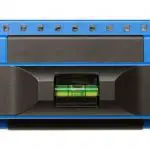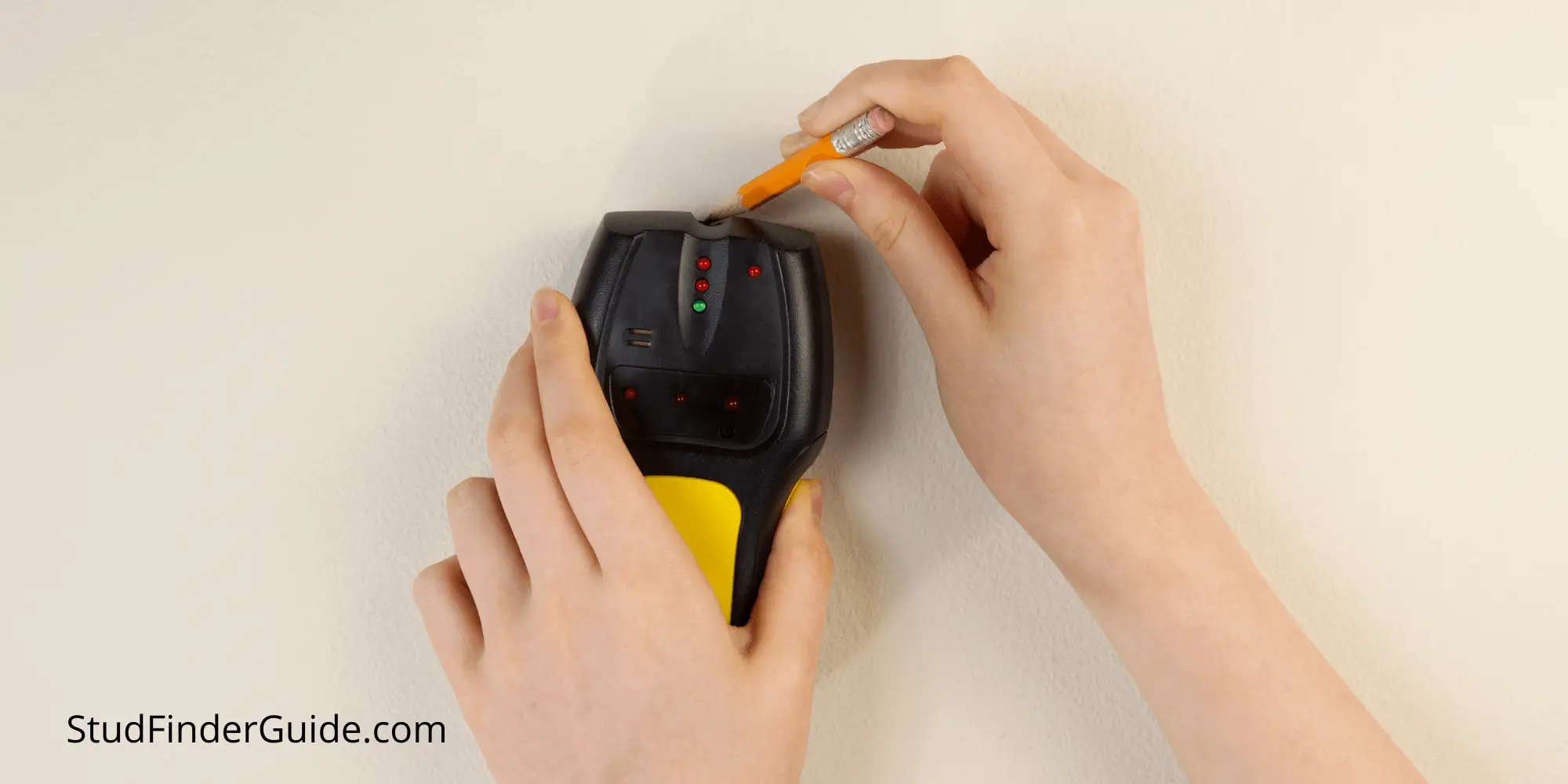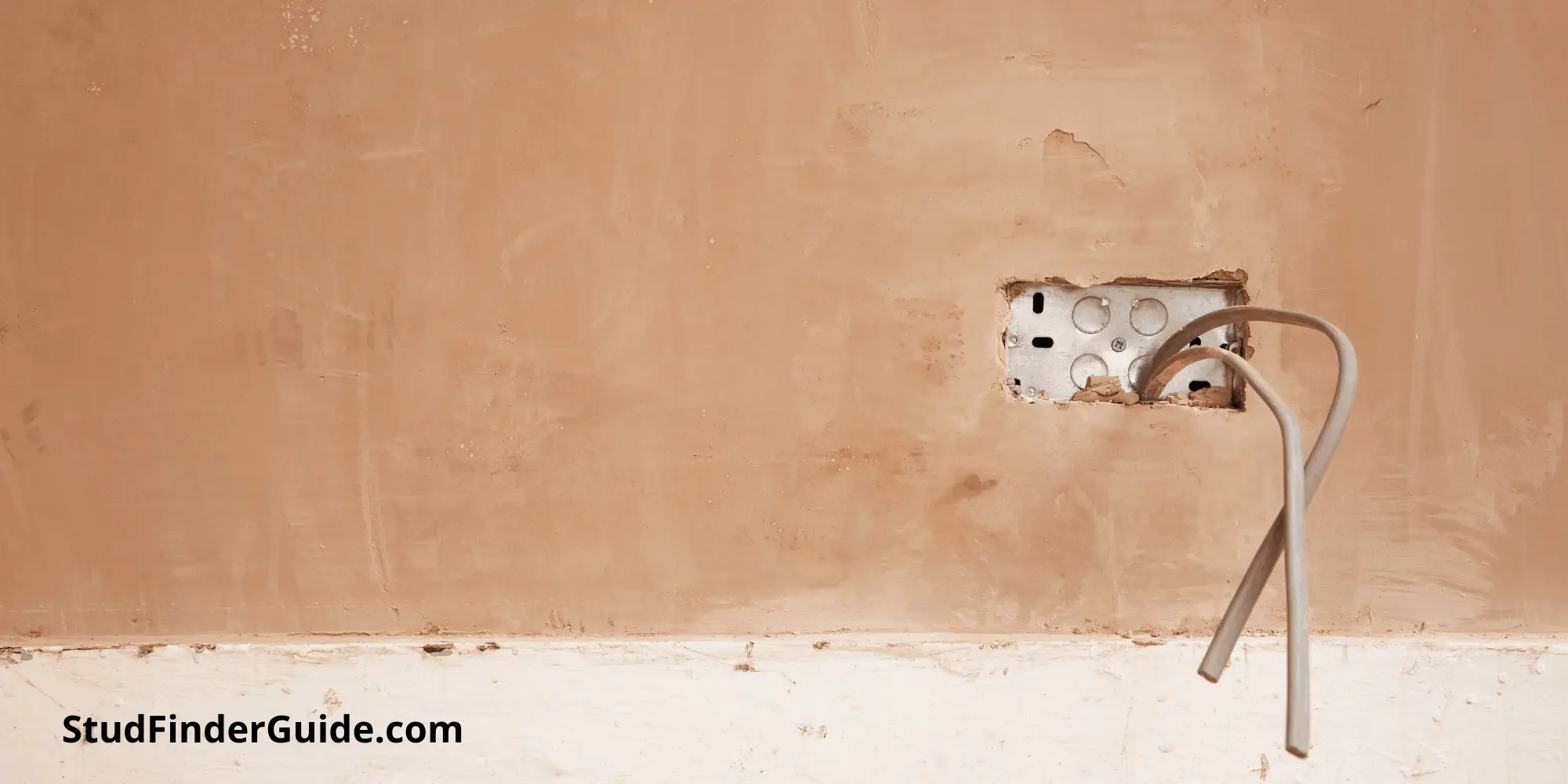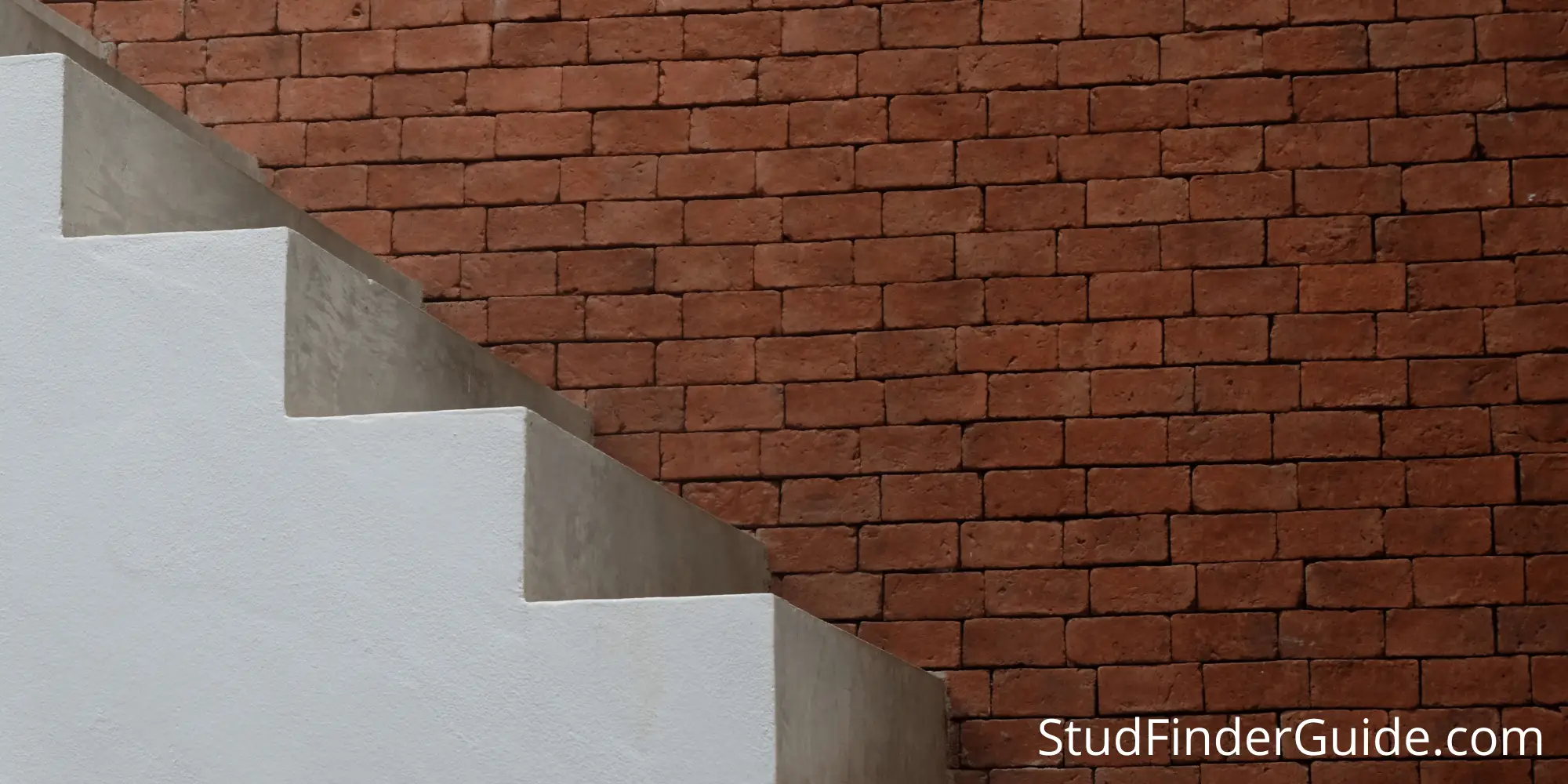If you are in the construction industry, chances are that you would already be more than aware of what stud finders are and be able to answer how does a stud finder work.
[amazon table=”1887″]
Essentially stud finders have only one purpose and that is to locate the hidden studs in the walls. Most of the modern constructions do use studs in the walls, but these are often listed in the plans itself. So the house owner generally has a good idea of where the studs are located in any room. However, when it comes to buildings that are over seven years old, chances are that it would be supported by a heavy timber frame behind the lath and all that plaster. And the timber frame would naturally showcase a few studs.
One of the reasons as to why you would want to make good use of a stud finder, is to ensure that you hang all your wall directions correctly and into the frame, rather than depend on lath and plaster for support. If you plan to do the latter, then you may as well know, that usually results in complete collapse of the said decorative item; it could be that you decided to drive a nail to hang a one ton Belgian glass mirror, but only to have it crash down to the floor and smash to smithereens. This is exactly the reason why you need a good stud finder to help locate the studs in the walls.
How Do Magnetic Stud Finders Work?
Most home owners often had to resort to magnetic stud finders in the past and the interesting thing is that they are still being used to locate not just studs, but all metal implements in the wall, so as to utilize the same effectively. Granted that construction has come a long way and it has, but that being said, locating the studs on wall, beneath the plaster is easier said than done. But let’s first take a closer look at the magnetic type, to understand it better and see how does a stud finder work.
Magnetic stud finders in the past primarily used compass like pivoting magnets and while these were effective for studs located close to the surface of the plaster, they really did not do much to indicate the depth at which the studs were located. One of the old repeated criticisms against these magnetic stud finders is that the magnets could only indicate studs that were located quite close to the surface and were not that effective for locating anything located beneath ½ inch of plaster. But all that has changed for the better, with advancements in technology to the point that you can now purchase magnetic stud finders with auto levelling sensor that is not only powered by heavy duty magnets that can read through the surface effectively but ones that also come with an auto-lining sensor which clearly shows you where the studs are located.
There are other forms of stud finders that you can opt for but if you were looking for the most basic one, then magnetic stud finders are the ones you need.
Check Out These Latest Product Reviews
- CH Hanson 03040 Magnetic Stud Finder Review
- Black & Decker BDL190S Stud Finder Review
- Franklin ProSensor 710 Stud Finder Review
- Profinder 5000 Professional Stud Finder Review
- Zircon MultiScanner i520 Center Stud Finder Review
How Does An Electrical Stud Finder Work?
There are various electrical stud finders in the market; each comes with different methods of locating the studs in the wall. Primarily, the studs in the wall are metal and therefore, they carry a certain electrostatic charge where as wooden walls, lath, plaster and timber do not. Electrical stud finders utilize various methods but primarily it is by using a capacitor plate which in turn reads the walls and senses the pockets of differing electrostatic charges. Once it scans a wall and detects such changes in the wall, it lets the scanner know, which immediately sends out a large beep.
Primarily, all electrical stud finders use capacitor plates but they also utilize various other sensors with which you can clearly mark the current position and even mark the edge of the stud and the depth that it is located under. What makes electrical stud finders a godsend, in more ways than one is the fact that it allows you to determine the metal wiring behind the plaster, as well as any metal pipes. There is nothing worse than driving a nail into the wall only to find out that you have short circuited the house. By knowing the position of studs, as well as metal wires and pipes behind the lath and the plaster, you can avoid some expensive and costly repairs down the road.
It should be pointed out that the more expensive electrical stud finders can even analyze 3-4 inches below the plaster and clearly identify the stud/ metal wire/ pipe among others. If you are looking for a stud finder with advanced functionality, then you need to make a beeline for some electrical stud finders (no pun intended).
The Types of Stud Finders
Yes, you heard it right – there are various types of stud finders that you can go for, and at the last count, there are at least 12 different types of stud finders for you to choose from. But you should also know that all the 12 can be categorized as a magnetic or an electrical stud finder. Here’s to taking a closer look at some of these stud finders.
- Stationary magnetic stud detectors: These detectors primarily use a stationary magnet to detect the stud behind the plaster. Basically, you just move the magnet along the wall, and wait for the magnetic pull to make itself felt, so as to determine the presence of the stud behind the plaster.
- Moving magnetic stud finders: what makes this stud finder a better option is that it comes with a moving magnet which allows you to determine the location of the stud a lot more easily. The instrument consists of a magnet that is suspended and as you move it over a certain part of the wall, the magnet senses the stud and reacts immediately. It immediately causes the scanner to make an audible noise and following that, you can see how the magnet moves to determine the location of the stud itself.
- Electronic edge finders: Electronic edge finders are some of the most common stud finders that you come across these days. These stud finders primarily work by scanning the wall behind the plaster. And once it locates the edge of a stud it lets you know right away. So you can now use this scanner to locate the edges of the studs, then you will have to work out where the center of the stud is located for your home improvement projects, etc.
- Electrical center finders: These stud finders are just that; they allow you to locate the precise location of the stud themselves and not just the edges. To that end, they are an effective tool to have and utilize, especially when you are busy trying to locate the presence of all the studs in the room. These ‘stud finders’ use a combination of two sensors to take two different readings. You use both these readings to get a precise location of the stud in question. Basically, both these readings should match up and when they do, you would have located the center of the stud.
- Instant stud finders: This is more of a recent innovation and you do not have to move this stud to scan the wall. Instead all you have to do is to affix it firmly to the wall and switch it on. It then uses complex algorithms to correctly plot the precise locations of your studs with ease. The only downside is that instant stud finders are also some of the most expensive ones in the market today. But they are certainly worth the price tag, given that you would not be required to read anything or for that matter, guess anything.
What To Look For In A Stud Finder?
Apart from its basic functionality, there are a few things that you can look out for in a stud finder that should help you determine whether it is the right one for you.
- Automatic shut off feature: It is always a good idea to opt for a stud finder that comes with an automatic shut off feature. Stud finders use battery power unless it happens to be your most basic stud finders. In that case, you may want to opt for a stud finder, which conserves its battery power by automatically turning itself off after a while.
- Auto depth detection: Here’s another feature that you may want to keep your eyes peeled out for. This auto depth detection clearly tells you about the depth of the drywall, and lets you know exactly how much work is required to get to the stud in question.
Conclusion
Stud finders come in various shapes and sizes, and some come powered by some of the most powerful magnets and as a result, they make for some of the most effective stud finders to date. Stud finders are no longer an after thought, but more of a necessity. This is why it is always a good idea to get one and of course find out how does a stud finder work!

